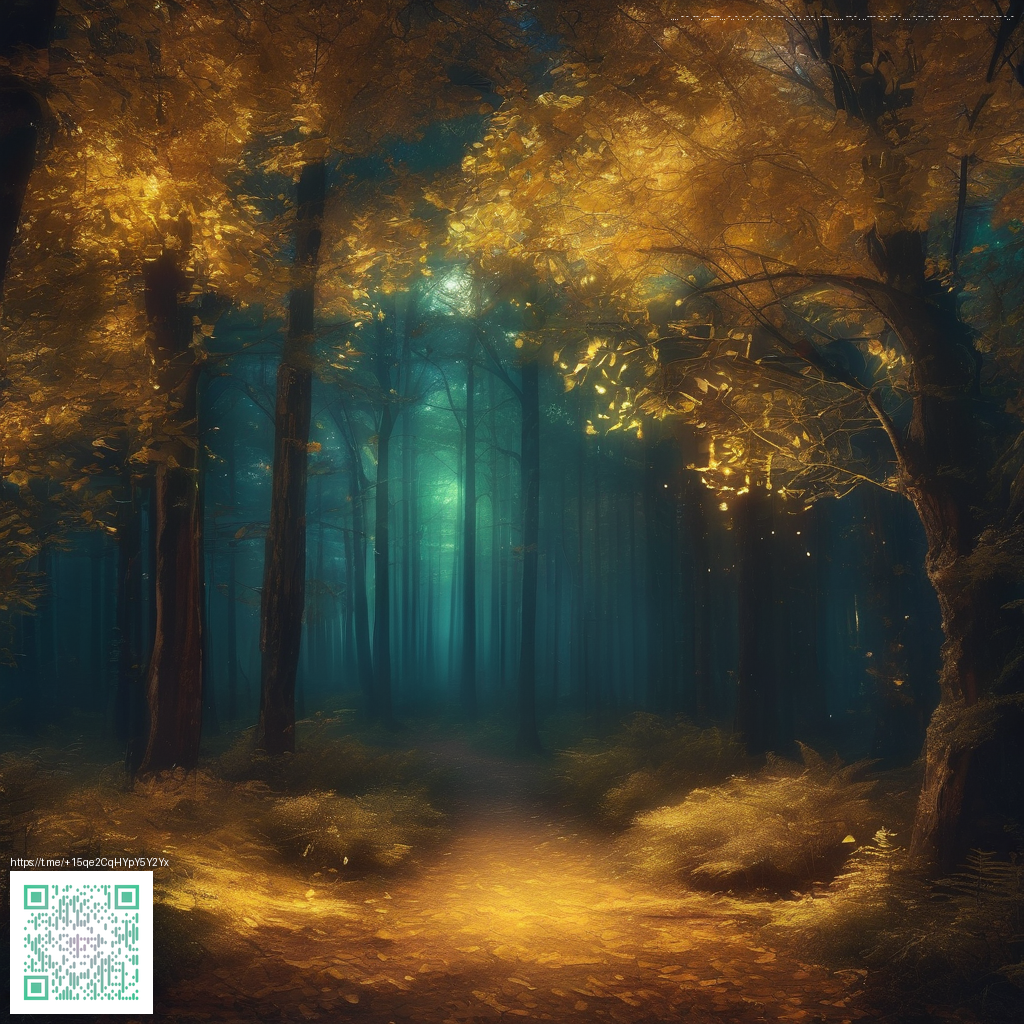
Benchmarking Lost Ark on PC for Performance Insight
Lost Ark delivers pulse pounding combat and sprawling raids that demand responsive, smooth frames. This piece digs into the latest benchmark results to explain what they mean for your rig, your settings, and your time in game. Whether you chase razor sharp visuals or rock solid frame times during chaotic encounters, understanding the numbers helps you tune for victory.
Understanding the numbers
Recent testing across common resolutions shows how far your hardware can push the action without sacrificing responsiveness. In 1440p with an RTX 3070, the game averaged roughly 142 fps when settings were maxed for detail and effects. Move up to 4K and the frame rate settles into the high nineties to around 100 fps, depending on scene complexity and crowd density. These figures align with other respected outlets that emphasize gameplay realism over synthetic benches, providing a practical read on real play conditions.
What settings matter most
For players aiming to maximize performance, several options carry outsized impact. Texture quality and mesh detail tend to be forgiving, while shadows and post processing can shave off meaningful frames. Reducing view distance can pull down the workload in busy towns and raid interiors. If you want crisp visuals without losing fluidity, try keeping cinematic effects at medium and push 1440p or 1080p with high texture detail while monitoring frame stability. Small tweaks here often yield big results without a noticeable drop in image quality.
CPU versus GPU in Lost Ark
The game presents a balanced challenge where both CPU and GPU contribute to overall performance. In densely populated areas and during intense mass battles, a strong CPU helps maintain even frame times, while a capable GPU drives the final render resolution and effects. Community discussions suggest that mid range GPUs can hit very high fps in open world zones, but the experience benefits from a solid processor to keep the frame cadence steady during boss phases, group content, and crowded hubs 🎮
Community perspectives
Players across forums and social spaces share practical insights on tuning. The consensus is that modern hardware can deliver visually rich play with high frame rates, but certain interiors such as taverns or narrow caves can stress performance. Many players pair their rigs with a high refresh monitor and adaptive sync to keep motion smooth during hectic raids and PvP skirmishes. The general mood is hopeful that with sensible settings you can enjoy both visual fidelity and responsive inputs 🕹️
In the end the strongest takeaway is that stable frame times beat raw peak fps in demanding scenes. A balanced setup that keeps the cadence smooth often feels more cinematic and responsive than chasing a higher but intermittently stuttering peak.
Update coverage and patch impact
Across patches, developers often pursue engine level optimizations and refinements in asset streaming to reduce hitching and preserve frame time consistency as new content lands. When patch notes arrive, players should look for improvements to texture streaming, shader compilation, and draw distance. The practical effect is a steadier combat flow and fewer stutters during large multi tool or raid moments. Keeping drivers current and clearing caches can also help on mid range systems.
Modding culture and tools
Even with a more closed framework, the community embraces performance tracking overlays and monitoring tools. FPS counters, frame time graphs, and hardware monitors help players validate tweaks and driver updates. The spirit remains focused on improving the play experience without altering core game data, which keeps the game fair and enjoyable for everyone.
Developer notes and takeaways
From a development perspective, Lost Ark employs a scalable rendering pipeline that can adapt to different hardware profiles. On capable systems you can expect richer visuals alongside stable frame times, while older rigs will still enjoy the action by dialing back a few options. The overarching message is that good performance comes from balancing GPU headroom with CPU smoothness, particularly in chaotic combat or busy hubs.
For readers considering an upgrade, a jump in GPU or faster memory typically yields the most noticeable gains in frame rates and visual fidelity. Routine maintenance such as updating drivers and managing background tasks also helps keep the experience snappy. And for the daily desk setup during long sessions, a sturdy mouse pad with reliable grip helps you stay precise while chasing perfect moments on screen.
Custom Rectangular Mouse Pad 9.3x7.8 Non Slip Backing